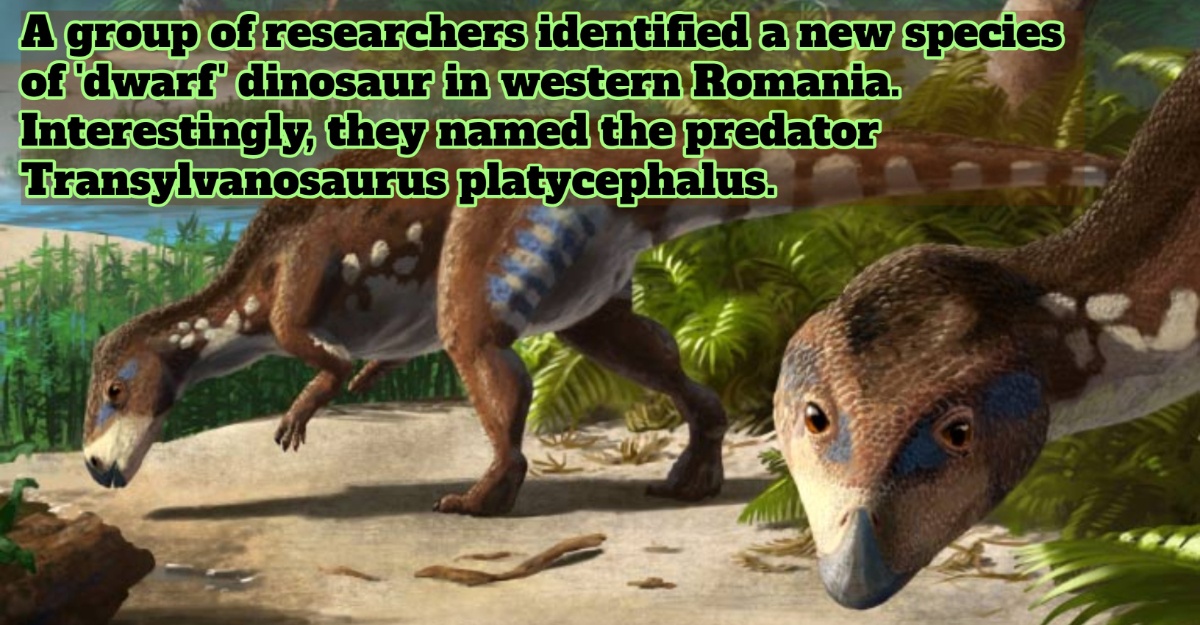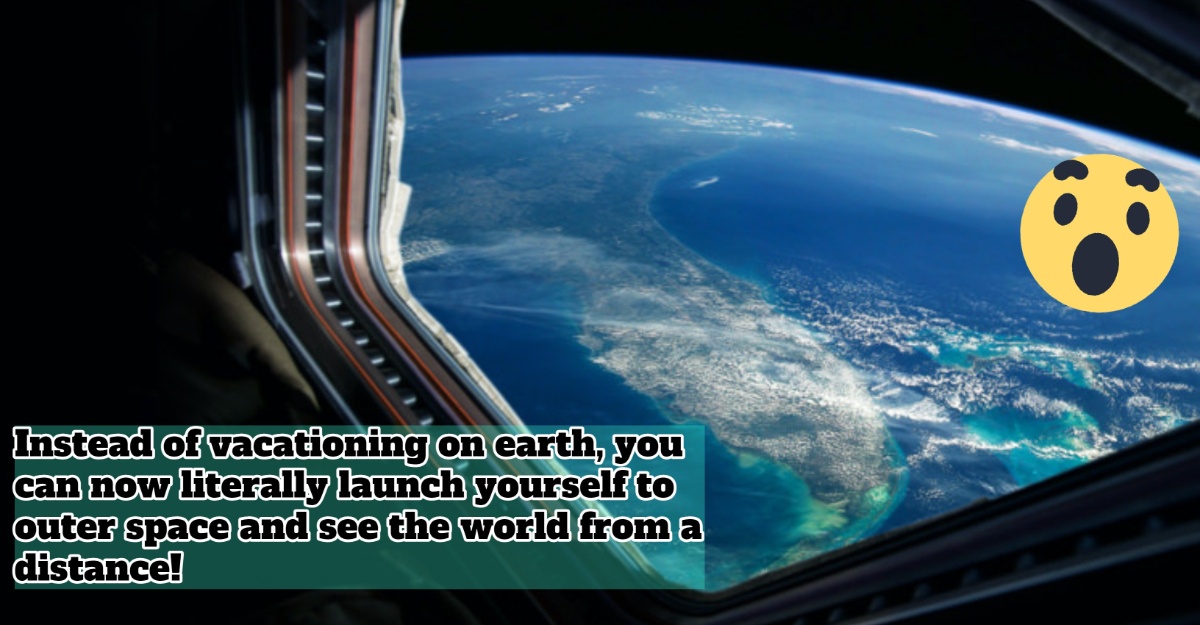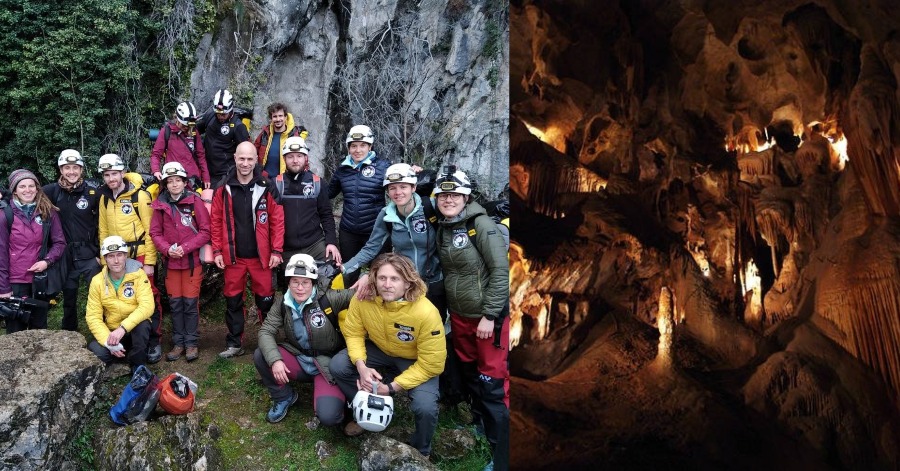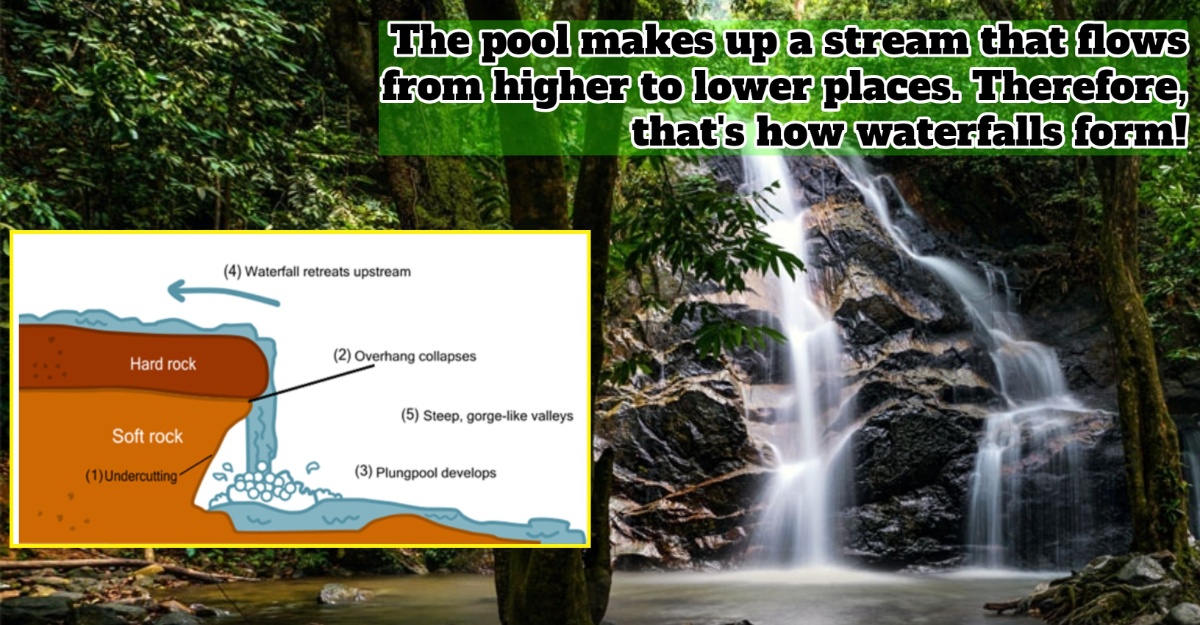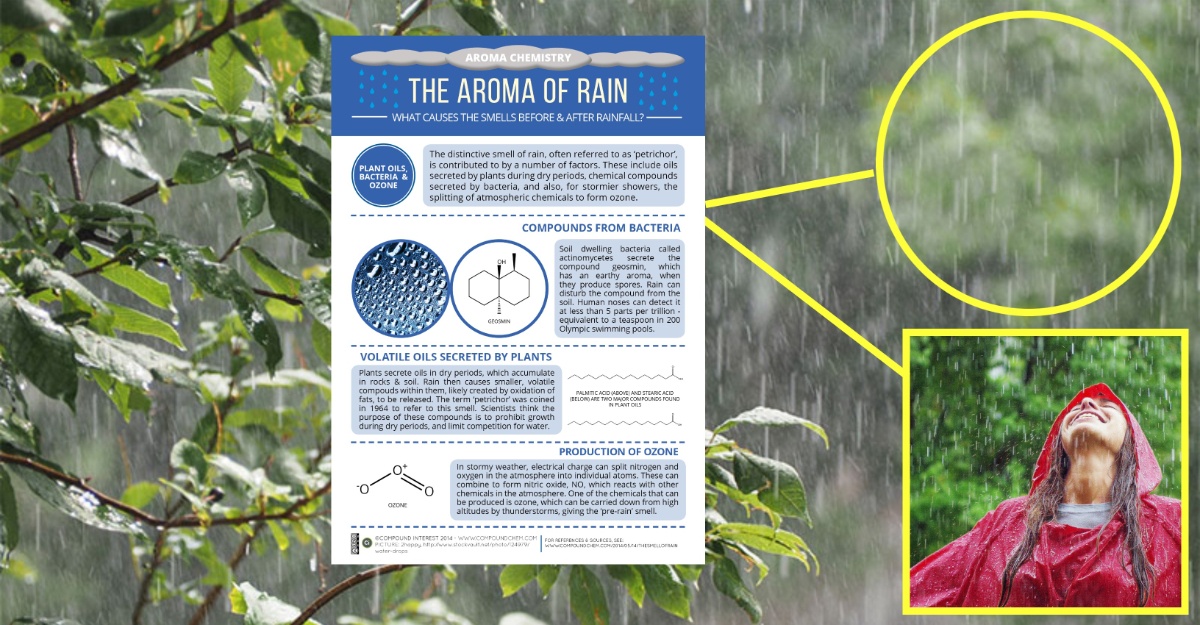To this day, we aren’t sure of the origin of a dinosaur. Some say it is a myth, but some scientists prove that dinosaurs once resided in the world before humans were created. As mysterious as these creatures were, it is fascinating to learn about these reptiles.
Since they dominated the land around 140 million years ago, of course, there would be many undiscovered types of dinosaurs we’ve yet to know. They evolved in many shapes and sizes: from the monster Spinosaurus to the little Microraptor. All of them differed from one another.
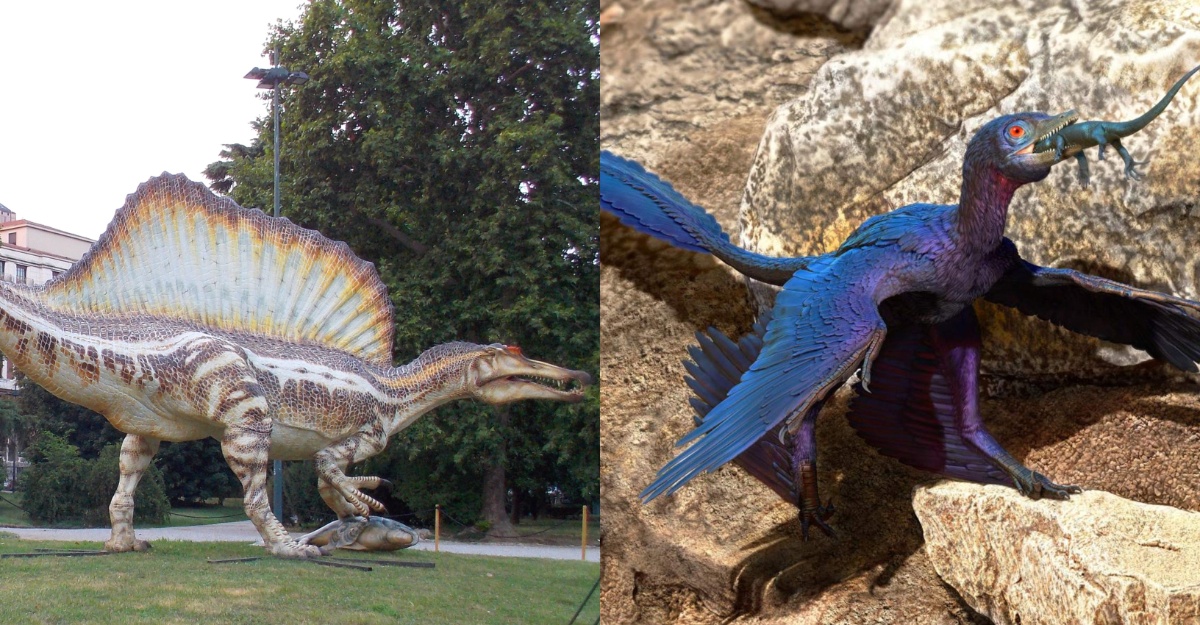
But do you believe there is a flat-head dinosaur recently discovered by the researcher?
A new dinosaur species found in western Romania!
A group of researchers identified a new species of ‘dwarf’ dinosaur in western Romania. Interestingly, they named the predator Transylvanosaurus platycephalus. Or the more common name is the flat-headed reptile from Transylvania.
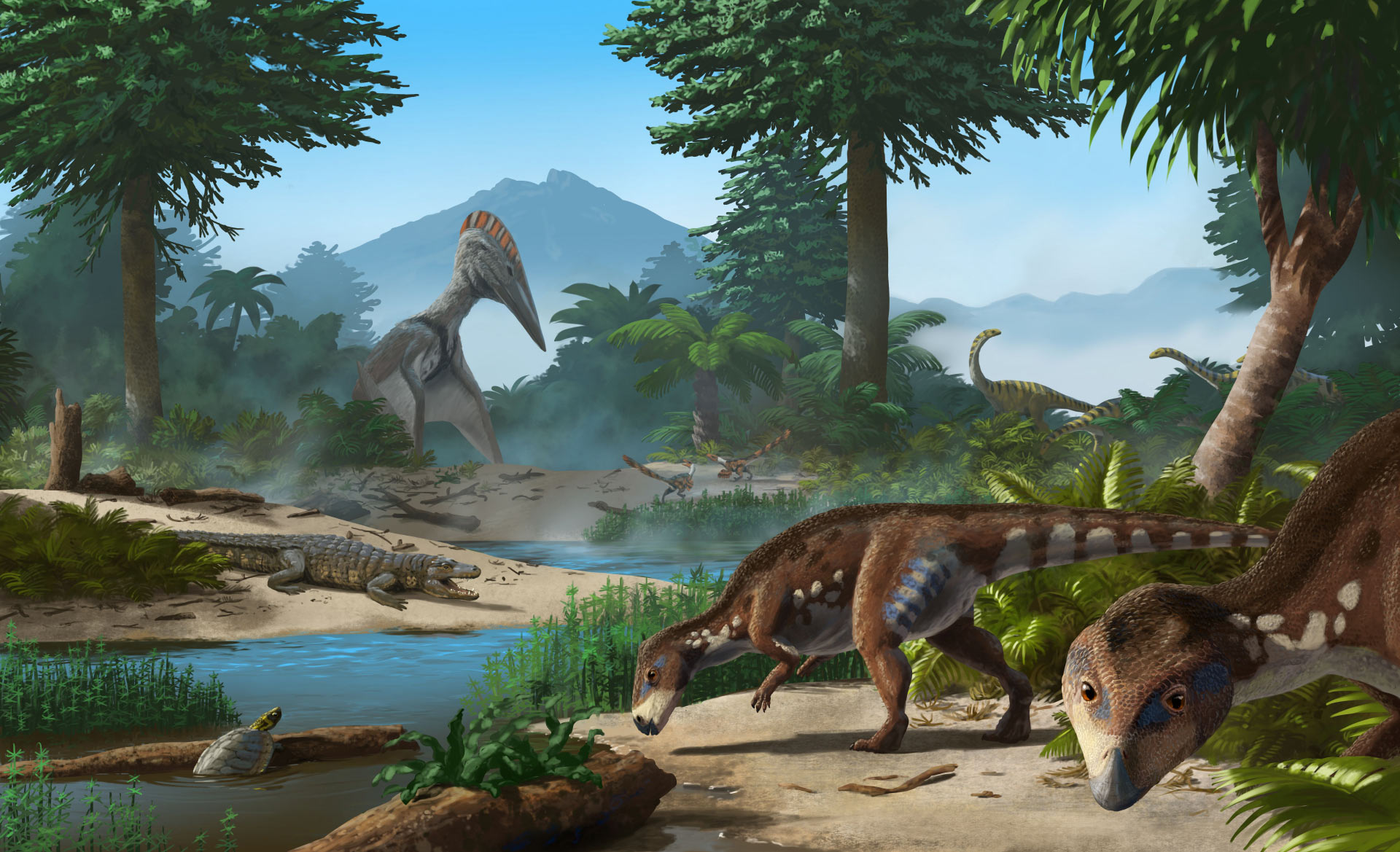
Interestingly, this new-found dinosaur fossil was only two metres long! They unearthed the skull bones in 2007 in a riverbed of the Haţeg Basin.
The reptiles living in Romania were a tropical archipelago
Did you know? Dinosaurs that lived there were smaller than other reptiles in different places. Therefore, it wasn’t a surprise when the researchers uncovered the bones of Transylvanosaurus platycephalus were only 12 centimetres (around 5 inches)!
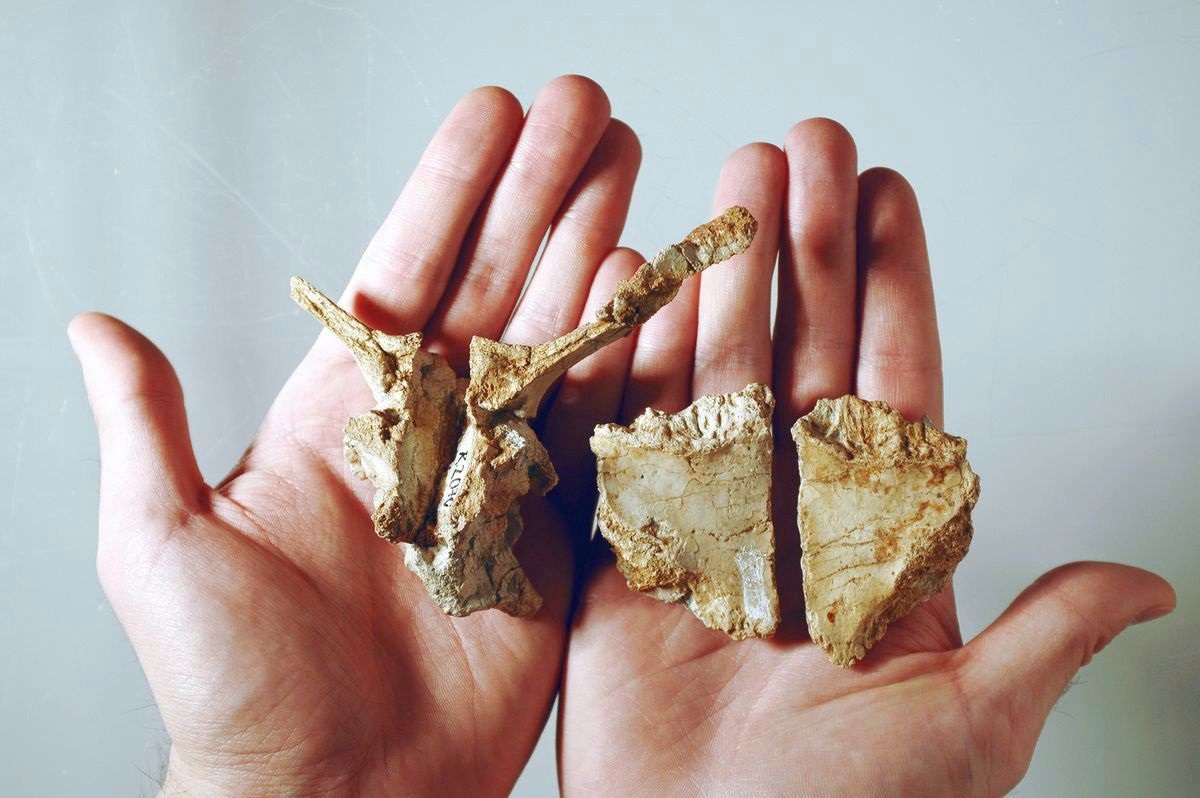
However, don’t underestimate their small size. Even though they were relatively smaller than the rest of the pack, they had a strong thick tail and two legs! This plant-eating reptile is more than what meets the eye!
The first discovery was in 1900
There were ten identified species during evacuations in Transylvania. But, the Transylvanosaurus platycephalus is the first species discovered in the region in ten years! It was after a small carnivorous long-necked plant eater was found in 2010. It is named Chilesaurus diegosuarezi, a family of ferocious T-rex. Additional info, this dino is a vegetarian!
There were many interesting discoveries made by researchers and scientists around the world. What else the universe hides from us? We’re excited to learn more!
Sources: IGN Southeast Asia, CNN, Natural History Museum, CBS News

